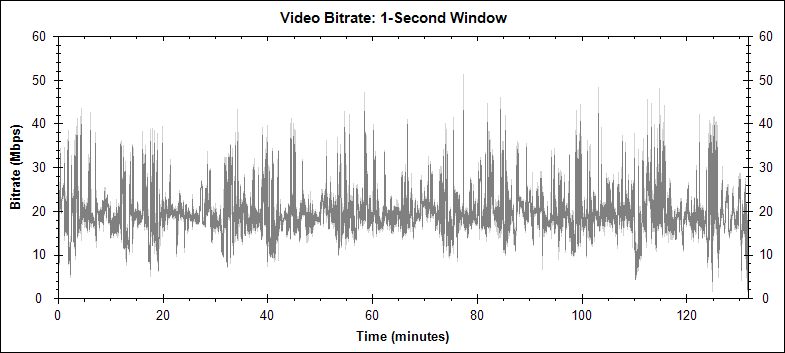 Picture:
Picture:  Sound:
Sound:  Extras:
Extras: 

Movie:  Picture:
Picture:  Sound:
Sound:  Extras:
Extras: 
But when Robert Downey Jr delivers similarly precarious chains of supposition, it somehow seems more believable.
Downey's Holmes is more earthy, less 'elementary my dear Watson', than the stories. Actually, he seems to be a less obnoxious version of TV's 'House', avoiding the latter's propensity to be straight out mean. He seems rather to be absent-minded, except when he is participating in analytical fist fights for money or justice.
The story appears not to be an adaptation of one of the sixty original Arthur Conan Doyle ones, but a pretty decent new invention based on Doyle's characters. In this movie, some point is made of Holmes' refusal to believe supernatural explanations for the definitely strange activities of his opponent, Lord Blackwood (Mark Strong), almost as though he were Daphne in a Scooby-Doo story. In real life, Doyle himself was later a prominent spiritualist, and sucker for the faked photographs of the fairies at the bottom of the garden. Google 'Cottingley Fairies' and you will see how far special photographic effects have come along since 1917.
That's certainly the case with this movie. The CGI time machine -- making London the London of 1891 -- was exceptionally effective. Especially towards the end as we see the bridge over the Thames to the Houses of Parliament -- looking sparkly new and devoid of motor vehicles. The climax takes place on the half-built Tower Bridge (if you've been to London, you may find the speed with which Rachel McAdams got there from Parliament irritating, especially in a movie from a British director).
The picture was exceptionally detailed and, arguably, a little too sharp. I say that because there was quite a bit if mid-speed camera panning, with it moving around in a smoothly exploratory manner. Except that it wasn't so smooth because there was a slightly-more-than-subliminal judder much of the time. I must confess that since I was using an Epson EH-TW5500 projector, I was able to eliminate this by switching on the frame interpolation mechanism. This probably wouldn't have been necessary with a slightly slower shutter speed in the cinematography.
Still, where movement wasn't evident, there was gloriously eye popping detail.
The sound matched the picture for detail and clarity, without the complication of frame judder. Provided in 24 bit DTS-HD Master Audio to 5.1 channels, it was thoroughly immersive, and full of little surprises. There was the bass-filled muffled thud of Holmes doing a little target practice in the next room of his apartment, the high frequency ring -- almost a buzz -- emanating from Blackwood's glass spike as it hovers over Watson's (Jude Law) eye, the frenetic full frequency assault of a ship making a premature entry from its construction dock into the river.
Few Roadshow titles employ BD-Java -- the programming language that can be used on discs to make the player do all sorts of weird stuff -- but this one is an exception. A little surprisingly, this hasn't been used to allow user bookmarking (a very common feature on Sony, Universal and Paramount discs), but primarily for the Maximum Movie Mode. If you exit this mode at any point other than the end, your exit point is recorded in the player's persistent storage. The next time you enter that playback mode on that player, the disc gives you the option of resuming from where you left off, or starting it from the beginning.
The Maximum Movie Mode is a suite of special extras that go with movie playback. These include a BonusView PIP element which is employed to show talking heads, storyboards and various 'making of' video clips, a secondary audio track which is largely commentary, and the ability to jump to half an hour's worth of 'Focus Point' making-of featurettes at points relevant to their appearance. These can be played back separately via the special extras menu, so you don't have to get to them the slow way. Seamless branching is also used to replace some bits of the movie with Guy Ritchie walking on to explain in person some background, so it runs a bit longer than the normal version.
 (Australian rating); Region Free
(Australian rating); Region Free
The following video bitrate graphs were generated by BDInfo 0.5.3. This one is for the regular version:

This one is for the Maximum Movie Mode version:

This one is for the PIP stream within the Maximum Movie Mode:
